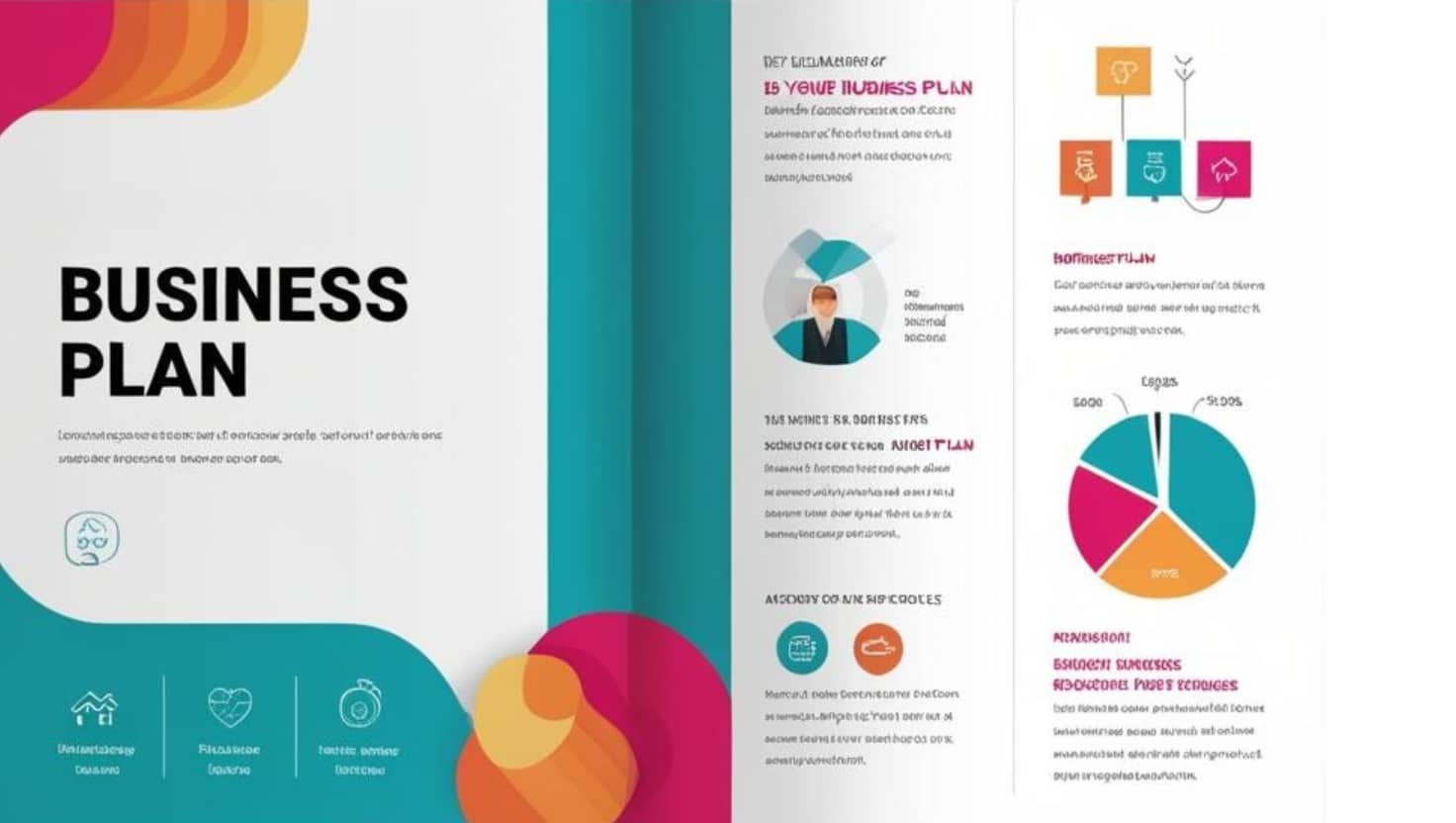Introduction
In today's globalized world, higher education credentials are significantly valued throughout national boundaries. Many people look for to further their occupations or go after educational chances in different countries, requiring an extensive understanding of their academic credentials. This is where international credential evaluation services entered into play, helping both individuals and establishments in validating the authenticity and similarity of international scholastic credentials.
Among the different methods of credential examination, the course-by-course credential evaluation attracts attention as a thorough strategy that offers an in-depth analysis of an individual's educational transcripts. This short article will check out the nuances of course-by-course examinations, outlining what they require, why they are important, and how they can impact one's career trajectory.
What is Course‑by‑Course Credential Evaluation?
Definition and Purpose
A course-by-course credential evaluation entails a thorough evaluation of each course listed on an academic records. This analysis not only translates qualities and credit scores however likewise examines the web content and rigor of each program taken by the student. The key objective is to establish how these programs straighten with instructional criteria in an additional country.
Importance of Course‑by‑Course Evaluations
Why is it vital to carry out a course-by-course evaluation? For individuals planning to research or function abroad, this type of evaluation can supply valuable insights right into just how their previous academic experiences convert in a new context. It aids institutions in making informed choices regarding admissions, hiring, or licensure.
The Refine of Course‑by‑Course Credential Evaluation
Step 1: Paper Collection
The primary step in any type of academic credential evaluation process is gathering essential files. This normally includes:

- Official transcripts Degree certificates Course syllabi (if available)
Having these documents prepared enhances the assessment process.
Step 2: Review and Analysis
Once documents are gathered, critics meticulously examine them for credibility and efficiency. Each training course is evaluated based on a number of criteria:
- Credit Hours: The number of credit scores were appointed per course? Grades: What qualities were achieved? Course Web content: What subjects were covered?
Step 3: Contrast with Local Standards
After comprehensive evaluation, critics contrast the courses against neighborhood academic requirements. They may reference resources such as:
- National databases Accreditation bodies Institutional guidelines
This contrast aids determine equivalency degrees for every course.
Step 4: Report Generation
Finally, evaluators compile their findings into a comprehensive report that details:
Total credit ratings earned. Equivalent training courses at neighborhood institutions. Grading ranges comparisons.This report serves as an official document that can be offered to colleges or employers.
Benefits of Course‑by‑Course Credential Evaluations
Enhanced Recognizing of Academic Background
One primary advantage is that students gain clarity on just how their international education lines up with local assumptions. This understanding equips them for better decision-making worrying further studies or task applications.
Increased Employability
Many companies call for prospects to have reviewed qualifications when thinking about applicants from abroad. A favorable evaluation can significantly improve employability prospects.

Facilitates Admission to Educational Programs
For students desiring to sign up in degree programs, having a comprehensive assessment aids establishments assess whether candidates meet entrance requirements extra effectively.
Work Experience Assessment vs. Course-by-Course Credential Evaluation
What is Job Experience Evaluation?
A work experience evaluation concentrates on examining expert experiences instead of scholastic accomplishments. It takes a look at skills acquired via work rather than formal education.
Key Distinctions Between Evaluations
|Function|Course-by-Course Credential Assessment|Work Experience Analysis|| ---------------------------|---------------------------------------|----------------------------|| Emphasis|Academic programs|Professional experience|| Documentation Required|Records and curricula|Employment letters|| Outcome|Academic similarity|Skill recognition|
Understanding these differences aids people in choosing which kind of assessment fits their requirements best.
Expert Opinion Letters
Importance of Specialist Point of view Letters
An expert point of view letter function as an additional layer of recognition for examinations, specifically when unique scenarios occur-- like unaccredited institutions or non-traditional educational experiences.
How They Are Used
These letters can support applications by offering insights from experts who evaluate certifications based on sector criteria or details institutional requirements.
Common Mistaken beliefs Regarding Credential Evaluations
Myth 1: All Examinations Are Produced Equal
Not all analyses hold the very same weight; different organizations have varying methods and acceptance prices among institutions.
Myth 2: Only Degrees Matter
While degrees are crucial, many companies worth abilities obtained through job experience similarly-- and this stresses the significance of job experience evaluations together with scholastic assessments.
FAQs About Course‑by‑Course Credential Evaluation
What files do I need for a course-by-course credential evaluation?- You normally require main records, degree certificates, and potentially program curricula if available.
- The duration differs by provider but usually ranges from a couple of weeks to a number of months relying on complexity.
- Yes! Many employers recognize examined qualifications when making working with decisions.
- Generally talking, of course; due to its thorough nature and detailed analysis.
- Not all; it's important to examine certain institutional requirements prior to applying.
- It's best to clarify any inconsistencies with your institution prior to entry; critics might flag variances influencing your assessment.
The Function of Various Stakeholders in Credential Evaluation
Educational Institutions
Institutions count on exact examinations to confess eligible candidates while making certain compliance with accreditation standards.
Employers
https://zionthnp502.fotosdefrases.com/demystifying-academic-credential-evaluations-a-comprehensive-guide-to-international-and-course-by-course-providersEmployers make use of examinations to confirm prospective hires' certifications precisely-- enhancing trust during recruitment processes.
Government Bodies
Some government firms call for credential examinations for migration objectives; therefore playing an important duty in international mobility.
Conclusion
In recap, navigating the complexities surrounding international education and learning calls for complete understanding and competence-- both discovered within the realm of credential analyses especially concentrated on programs taken throughout one's academic trip. A course-by-course credential evaluation not only illuminates specific achievements however likewise cultivates chances throughout borders via boosted employability and educational access.
As globalization proceeds shaping our world, spending time right into comprehending these subtleties can verify invaluable for those looking toward international perspectives-- whether academically or expertly oriented! Constantly remember that you have choices readily available-- so make educated decisions concerning your future!